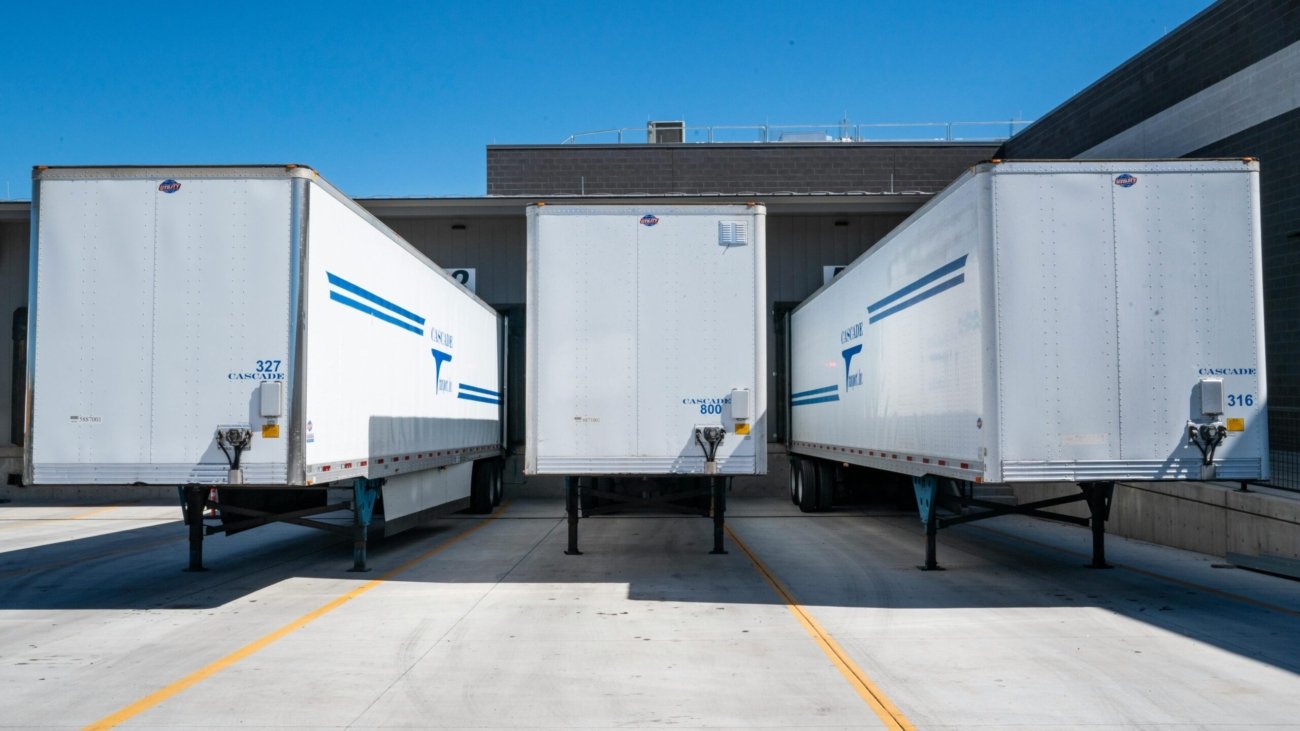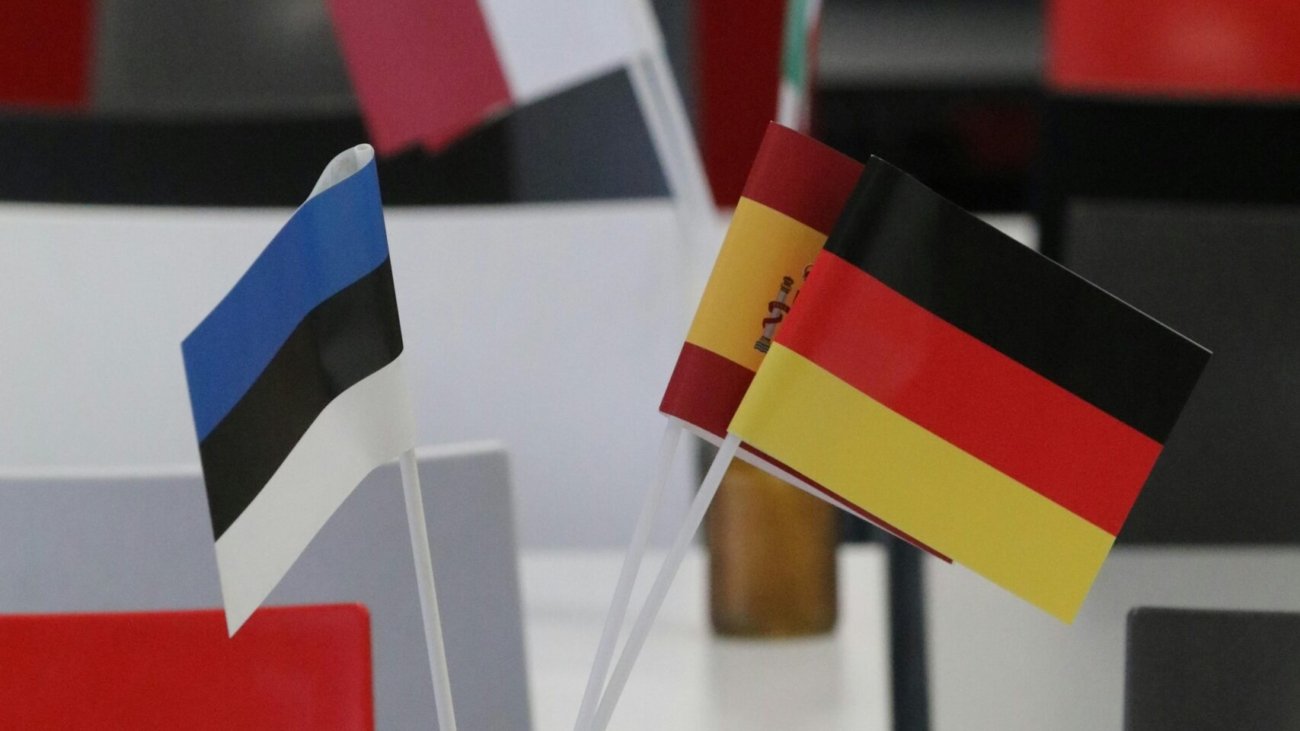Delhivery, one of India’s largest logistics and supply chain services companies, provides end-to-end solutions to businesses and e-commerce companies by combining technology, logistics infrastructure, and partnerships. They specialize in e-commerce logistics, leverage technology extensively, collaborate with a partner ecosystem, have scalable infrastructure, offer value-added services, and employ flexible pricing models to meet the needs of the e-commerce industry in India.
Domestic road transportation represents freight movement through the national and state highway road network and in-city delivery within India. It has majorly three segments/services:
- Express Parcel weighing less than 40 kg and turnaround time of typically less than three days
- Part truckload (PTL) service with a total shipment weight of 40-1,000 kg which is insufficient to fill a full truck. Therefore, the volume of multiple shippers is clubbed together.
- Truckload (TL) service where the shipper requires a dedicated truck or trailer.
Company’s Revenue by Service lines (Rs. In million)
| Express parcel services | 50,765.87 | 62.35% |
| Part truckload services | 15174.05 | 18.64% |
| Truckload Services | 6,087.96 | 7.48% |
| Supply Chain Services | 7,760.29 | 9.53% |
| Cross-border Services | 1,525.31 | 1.87% |
| Others | 101.90 | 0.13% |
| Total | 81,415.38 | 100% |
Growth Drivers for the company:
- The burgeoning e-commerce/quick commerce sector is poised for substantial growth in the near future.
- With the increasing number of manufacturing companies entering the market, there will be a surge in opportunities for innovative logistics solutions to cater to the escalating demand.
- One notable trend is the heightened emphasis on last-mile delivery, where companies are striving to enhance their efficiency in reaching the final destination swiftly and seamlessly.
- Its Substantial investments in cutting-edge technology have revolutionized the operational landscape, enabling companies to streamline their processes and provide customers with superior tracking and delivery options.
- This strategic utilization of technology has not only bolstered operational efficiency but also led to cost reductions, marking a significant milestone in the company’s growth trajectory.
- Moreover, strategic collaborations with key players in the e-commerce and logistics realms have been instrumental in expanding the company’s market reach and diversifying its service offerings.
- It continues to be a cash rich company leveraging its strength to operate efficiently on asset light model and economies of scale. Evidently, as of the end of FY24, Company had cash of ₹54,438.67 million, which included cash and cash equivalents, bank balances, investments, margin money deposits.
- Delhivery continues to invest in automated tech based solutions with a long term vision to improve the overall transportation system.
- Company has turned EBITDA positive this year due to robust growth in revenues from express parcel, PTL and TL services, better network utilisation, improvement in profitability of supply chain services and the continuous cost optimisation measures adopted throughout the year.

While the Indian logistics sector remains fragmented and disorganized, there exists abundant potential for entities such as Delhivery, the nation’s largest fully integrated logistics services provider.
















